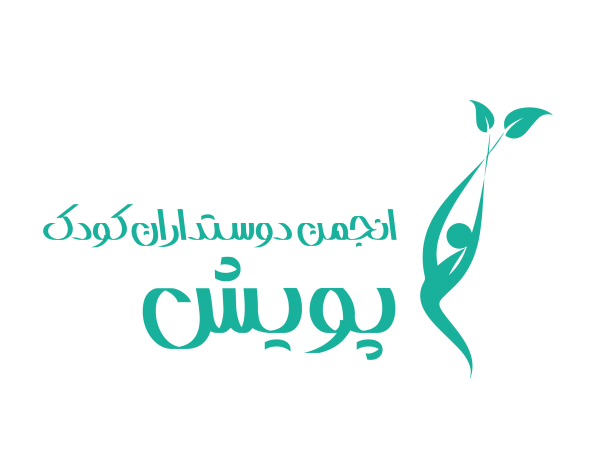Based on the 4 principles of the Convention on the Rights of the Child (Published: 2011)
Authors: Siamak Zand Razavi – Nahid Rahimi
– The following is a summary of this article:
Despite the acceptance of the Convention on the Rights of the Child in many countries, such as Iran, today the child labor force is abused in various forms (work in industry, agriculture, mining, informal economy, sex work, etc.). The purpose of this study was to investigate the situation of working children in 9 urban areas of Kerman province. After reviewing the literature, interviews were conducted with 474 working children (411 Iranians and 63 Afghans).
The difference in the status of these children according to their nationality, especially in the field of access to formal education based on the Convention on the Rights of the Child, has significant results, which are mentioned below:
- The start of working age is very low and 25% of working children in Kerman (with the vast majority of Afghan children) are under 13 years old. However, it is difficult to determine the age of children and its distribution due to the lack of identity cards.
- 2. While 77.8 percent of Afghan working children have never been to school, the proportion for Iranian working children is 14.8 percent. Also, while 61 percent of Afghan working children are completely illiterate, the proportion for Iranian working children is 12.1 percent.
- Totally 17% of children are illiterate and the quality of education of children is generally low. As a result, there is likely to be a return to illiteracy in practice.
- The average working hours of children reach 7.5 hours per day, and if the child wants to be educated and the conditions are right, there will not be enough hours to attend the courses of education.
According to the findings, working children of both nationalities are forced to endure difficult conditions for which the right to protection against exploitation has been suspended following Article 33 of the Convention on the Rights of the Child. In addition, for Afghan children, the right of access to education (Article 28) and the right of refugee children to equality with other children (Article 22) are practically and regularly violated.
The authors suggest solutions to the problem based on the principles of the Convention on the Rights of the Child and the three areas of professional, critical, and democratic sociology, which are as follows. The first and second universal and the third propositions related to the totality of the phenomenon are presented at the level of the political geography of a given country:
- The principles of the Convention on the Rights of the Child apply in particular to the enjoyment of the right to adequate education for all children, both native and immigrant.
- 2. Pressure to reduce demand for child labor through documentation and awareness-raising by international organizations, including the International Labor Organization and civil society and human rights movements.
- Efforts should be made to limit the supply of child labor based on the information of child-friendly networks.
The final recommendations are based on the actions of the Kerman Child friendly Association, and the first author of the article, based on his experience in setting up this association, has expressed them:
* Holding training and skills classes.
* Teach children to fight for their right along with informing themselves about issues.
* Children empowerment projects with a participatory education and research approach.
* Creating support circles for volunteers around working and street children.
✍ Summary of Zahra Akbari, member of Pooyesh Child Friendly Association.
